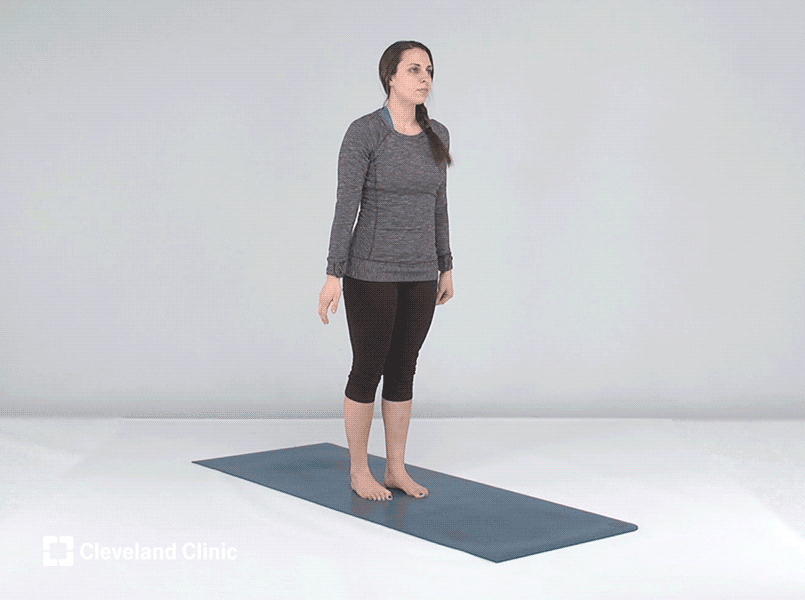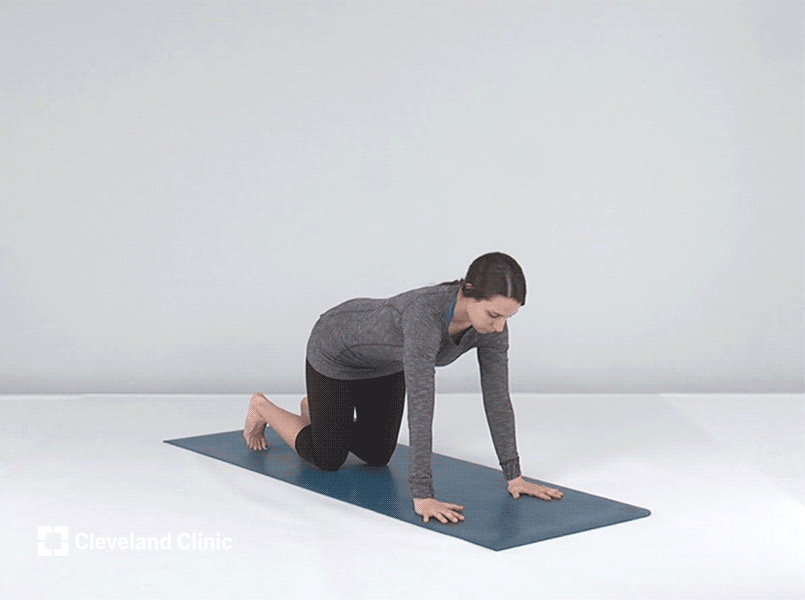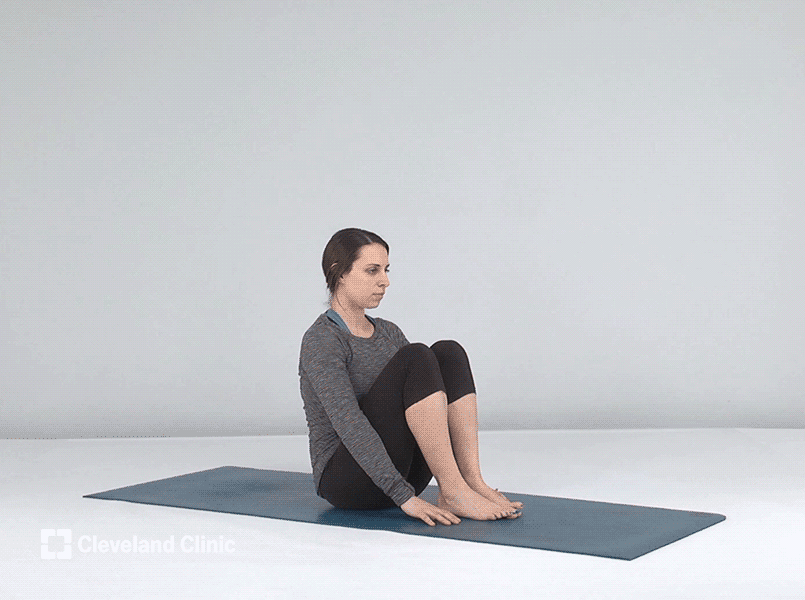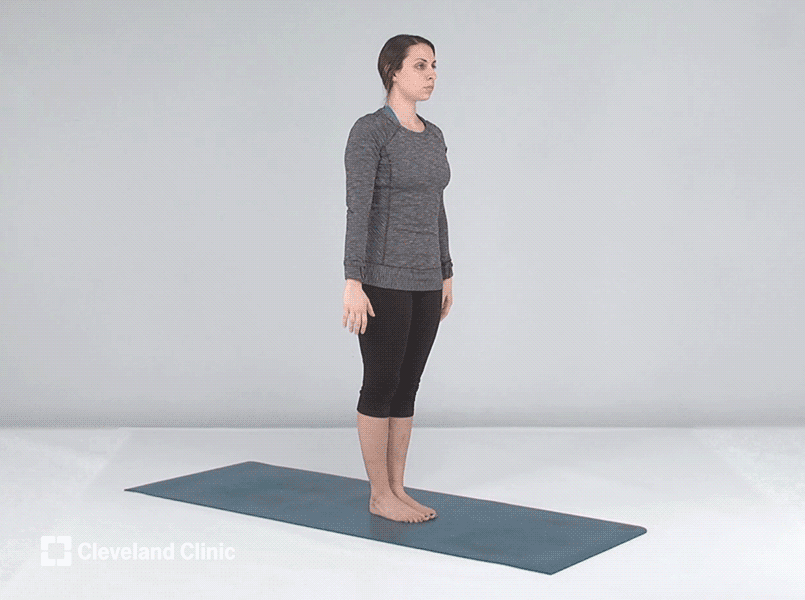So much of yoga is about achieving a balancing act:
When it comes to the physical practice of yoga, the key to holding any yoga pose is making sure your core muscles are focused and strong. Without them, your yoga session could fall apart.
Physical therapist and certified yoga instructor Patti Kopasakis, PT, DPT, SCS, RYT-200, explains the importance of improving your core strength, along with a number of poses dedicated to doing just that.
How yoga helps build your core strength
Your abdominal muscles are just one component of your core. Your core is comprised of:
These large muscle groups provide stability and support for every move you make during the day. Strengthening these muscles helps to absorb forces from daily activities and decrease the forces that move through your joints. So whether you’re focused on strength alone or your flexibility, your core muscles are the root from which all other muscles can do these things in tandem. Plus, strengthening your core can also help you reduce your risk for common injuries like hip flexor strains and sports hernias. Working your core muscles can also provide much-needed relief for back pain.
“People often think of your core as just your abdominal muscles, but it’s comprised of much more than that,” says Kopasakis. “Strengthening your core is very important but it is equally important to relax your abdominal muscles. Yoga is a great tool for this as it incorporates both core strengthening movements as well as relaxation through breathing.”
Poses to try
The following yoga poses are designed to strengthen your core. You’ll want to try holding them for two to three breaths at first, then increase the number of breaths to challenge yourself when you feel like you’ve got them down. When faced with one-sided poses, make sure you repeat the same moves on the other side for a balanced effort.
Note: Poses should be entered into and moved out of slowly to protect muscles and joints. If you are having specific pain that has been ongoing for longer than two weeks or you have a specific injury, it is always best to consult a qualified health care provider, such as a physical therapist, who can develop a plan specific to your needs.
Spinal Balance
This pose, also called Balancing Table Pose, is designed to strengthen your core and lengthen your spine. This pose may be more challenging if you have chronic knee injuries or difficulty with mobility in your arms or shoulders.
- Start from a hands and knees position. Pull your belly muscles inward and keep your lower back flat.
- Reach forward with one arm as if you are shaking hands. Keep your chin tucked.
- For an added challenge, lift the opposite leg, keeping your hips level and toes pointed downward.

Side Plank
This pose, which can help improve your balance, is meant to strengthen your core without putting too much pressure on your back.
- Starting from a hands and knees position, stretch your legs out (like you would if you were about to do a push-up).
- Turn your body to one side, lifted onto one outstretched arm. Stack your bottom shoulder over your wrist.
- Keep your fingers spread wide and pull the top of your shoulders away from your ears.
- Keep your hips stacked and the bottom hip lifted from the mat.
- To make this pose easier, kneel on your bottom knee.

Plank
This simple pose helps develop strength in your upper body, forearms and wrists. It targets the front abdominal area more than the sides in the previous exercise.
- From a hands and knees position, lift your hips and straighten your legs.
- Squeeze your belly muscles as if you have a belt tightening around your stomach. Pull your belly button upward, pull your shoulder blades together, and squeeze your front thigh muscles to keep your body in a straight line.
- To make this pose easier, you can drop to your knees.
- Make sure not to hold your breath, but instead focus on breathing into your chest area.

Boat Pose
This pose can be challenging, but there are a few variations you can do to meet different levels of expertise. The key to mastering this position is to try not to focus so much on your legs that you lose track of the positioning of your back and your focus. When doing this position, you don’t want to be slumped over or have hunched shoulders. At its most challenging, your body will take the shape of a ‘V’, with the focal point being your sit bones.
- Start in a seated position, knees bent.
- Put your hands palm down on the mat behind you, arms bent.
- Lift your lower legs off the floor and hold them parallel to the mat. Pulling your belly muscles inward and keeping your chest lifted, point your toes up.
- To make this pose more challenging, extend your arms forward, parallel to the mat.
- For an added challenge, straighten both legs.

Chair
This standing pose puts more focus on your thighs and ankles, while demanding a bit more from your core muscles. While challenging, this pose requires a lot of focus and follow-through. Hold this pose as long as you can. For an added challenge, sink deeper into “your seat” while remaining standing.
- From a standing position, squat down by bending your knees slightly.
- Press your inner thighs together and shift your weight to your heels, dropping your tailbone toward the ground.
- Raise both arms above your head.
- To make this pose easier, bring hands together in front of your chest.
This content was originally published here.




















